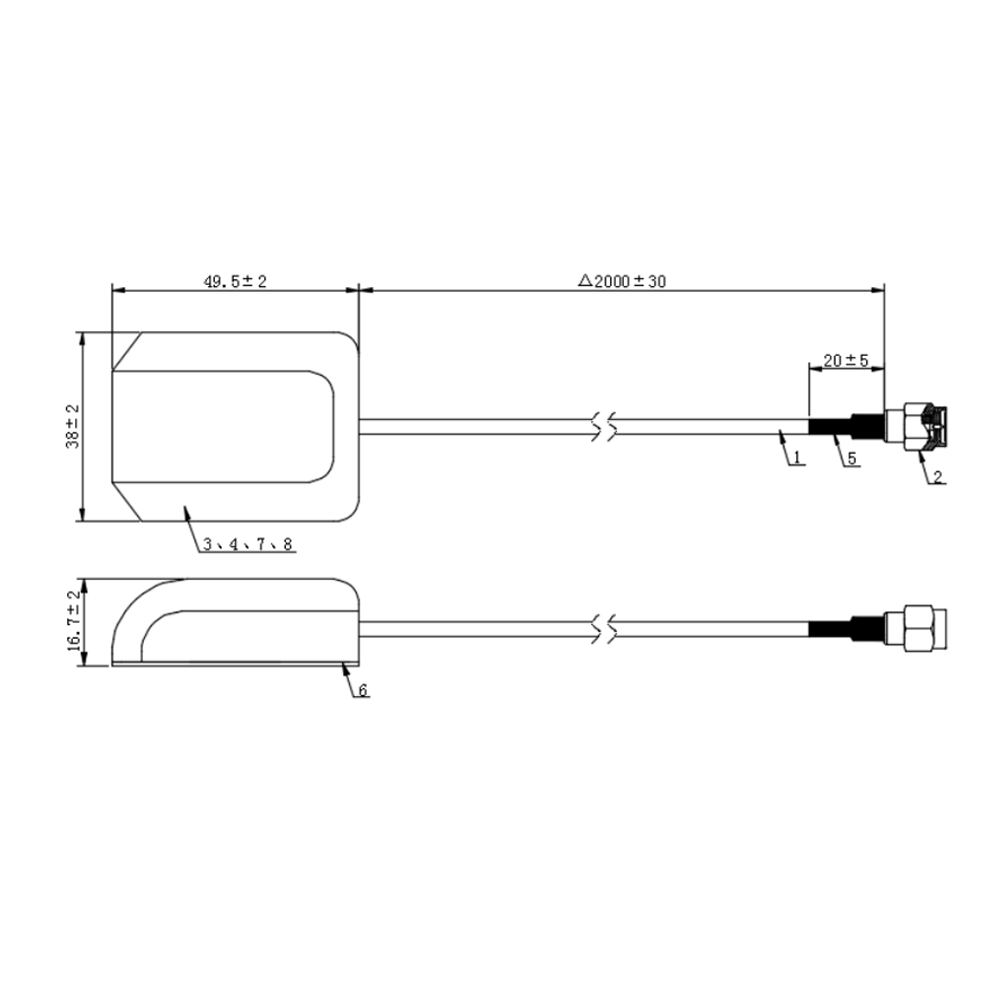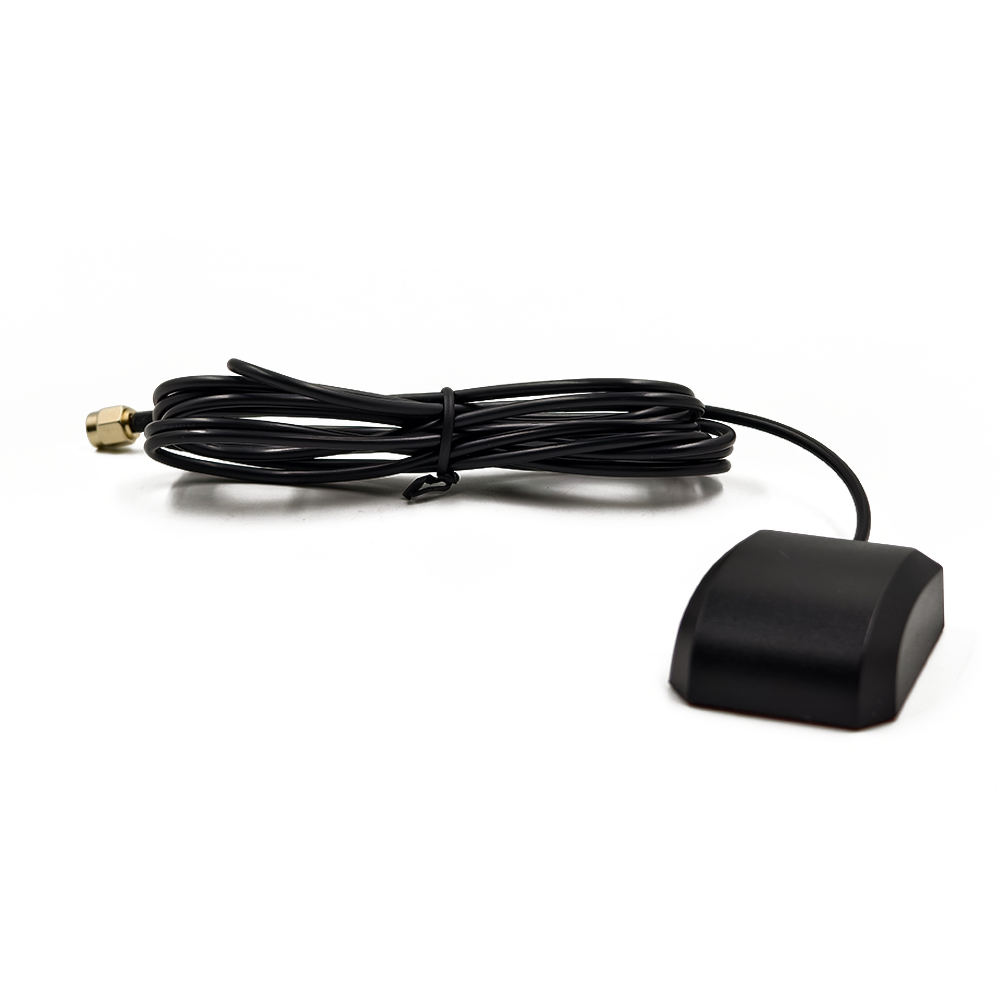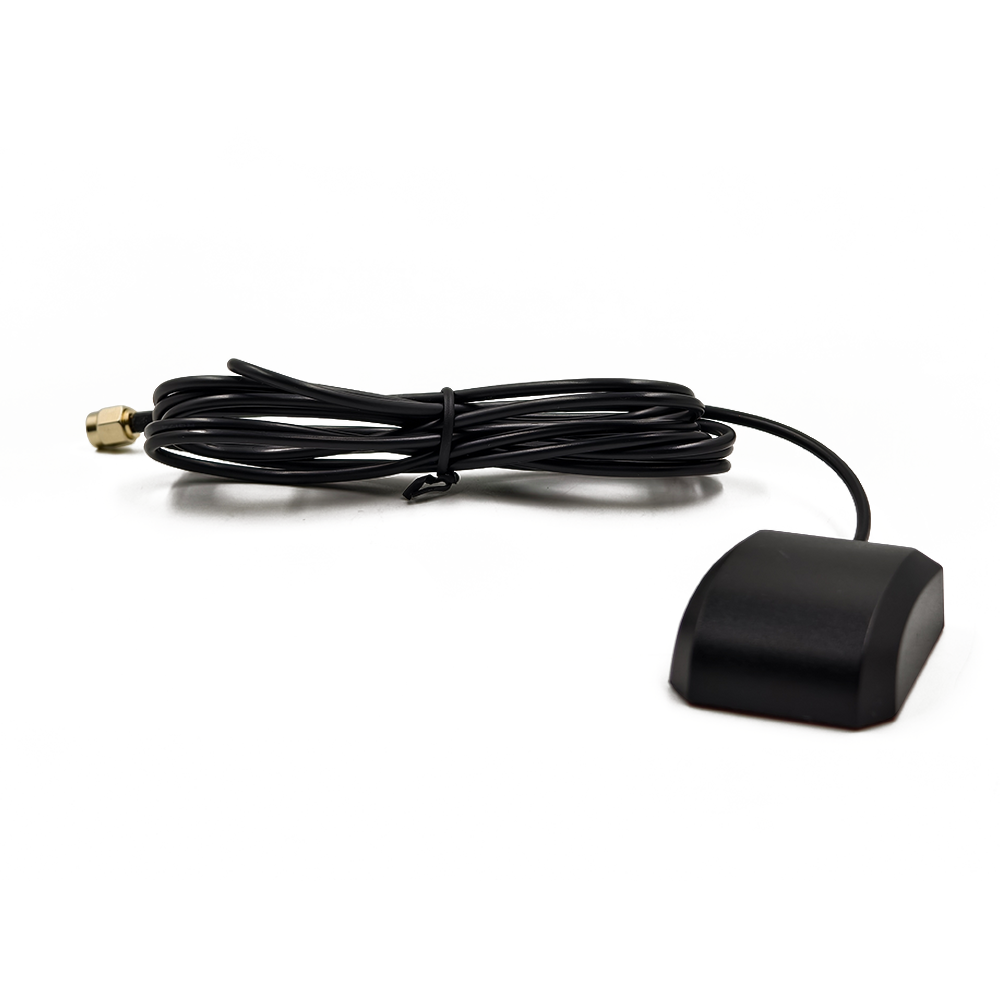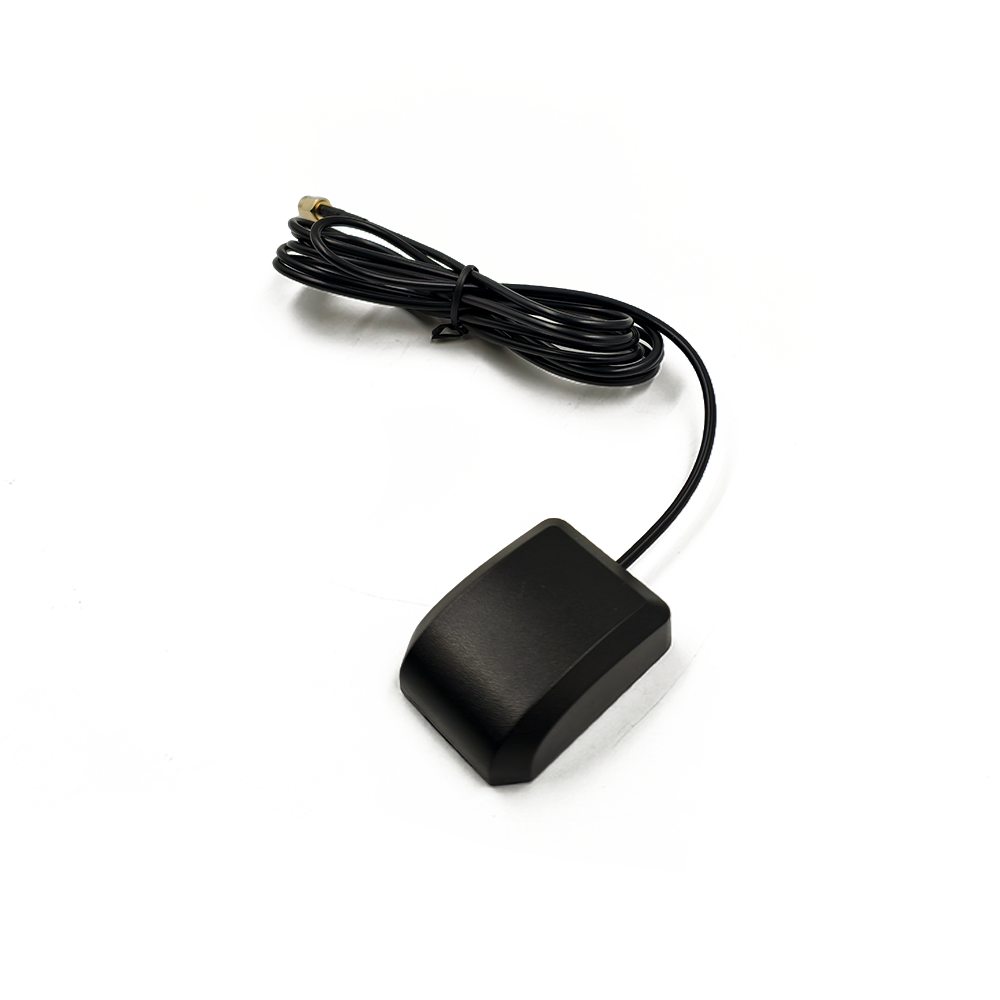External Iridium antennas are deployed across a diverse range of industries and applications, driven by the need for reliable, global communication. In maritime operations, they are essential for vessel tracking, distress signaling (via GMDSS), and crew communication. Fishing boats, cargo ships, and yachts rely on Iridium antennas for real-time weather updates, navigation, and operational coordination, even in the middle of the ocean. Similarly, in aviation, especially for long-haul and polar routes, these antennas enable cockpit voice and data links, flight tracking, and passenger connectivity.
In the realm of the Internet of Things (IoT), external Iridium antennas power remote monitoring systems for oil and gas pipelines, environmental sensors in wilderness areas, and agricultural telemetry in off-grid locations. Their ability to transmit small data packets over long distances with low power consumption makes them ideal for machine-to-machine (M2M) communication. Emergency services and disaster response teams also use these antennas in portable communication kits to restore connectivity after earthquakes, hurricanes, or conflicts.
Another growing application is in autonomous systems, such as unmanned aerial vehicles (UAVs), autonomous ships, and remote scientific stations. These platforms require constant satellite links for command, control, and data relay, and external Iridium antennas provide the necessary reliability and coverage.
Looking ahead, future trends point toward increased integration, miniaturization, and intelligence in antenna design. Multi-function antennas that combine Iridium, GPS, and other satellite services (like Inmarsat or Globalstar) into a single unit are becoming more common, reducing installation complexity and cost. The development of electronically steerable antennas (ESAs) could revolutionize performance by dynamically focusing beams on moving satellites, improving signal strength and data rates.
Advancements in materials, such as metamaterials and flexible electronics, may lead to ultra-thin, conformal antennas that can be embedded into vehicle surfaces without compromising aerodynamics. Software-defined antennas and AI-driven signal optimization are also on the horizon, enabling real-time adaptation to changing RF environments.
Furthermore, as Iridium expands its Certus services to higher bandwidths (e.g., Certus 350, 700), antennas will need to support wider bandwidths and higher frequencies. This will drive innovation in wideband radiating elements and advanced filtering techniques. Overall, the future of external Iridium antennas is one of smarter, smaller, and more capable systems that will continue to connect the unconnected world.
Conclusion
External Iridium antennas play a pivotal role in enabling global satellite communication, serving as the critical interface between ground-based equipment and the Iridium satellite network. Their design, rooted in RF engineering and environmental resilience, ensures reliable performance across diverse and challenging conditions. From maritime and aviation to IoT and emergency response, these antennas provide indispensable connectivity where traditional networks cannot reach.
While they face challenges related to signal propagation, installation, and evolving bandwidth demands, continuous advancements in technology are addressing these limitations. The integration of GPS, multi-band capabilities, and intelligent signal processing is enhancing their functionality and efficiency. Looking forward, the convergence of satellite communication with autonomous systems and global monitoring networks will only increase the importance of external Iridium antennas.
As the world becomes more interconnected and reliant on real-time data from remote locations, the external Iridium antenna will remain a cornerstone of global communication infrastructure. Its evolution will continue to be shaped by the need for reliability, miniaturization, and adaptability, ensuring that no matter how far off the grid, users can stay connected. In an era where information is power, the external Iridium antenna is a powerful enabler of global connectivity and safety.




































































 Language
Language
 En
En Cn
Cn Korean
Korean

 Home >
Home > 








 18665803017 (Macro)
18665803017 (Macro)













